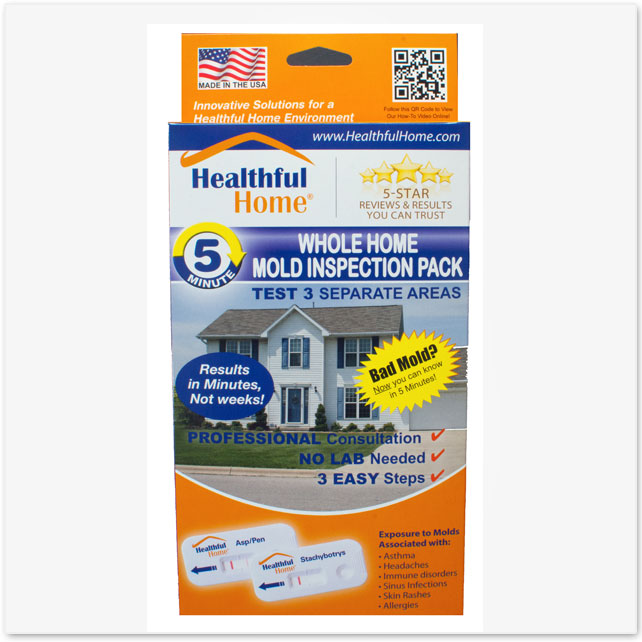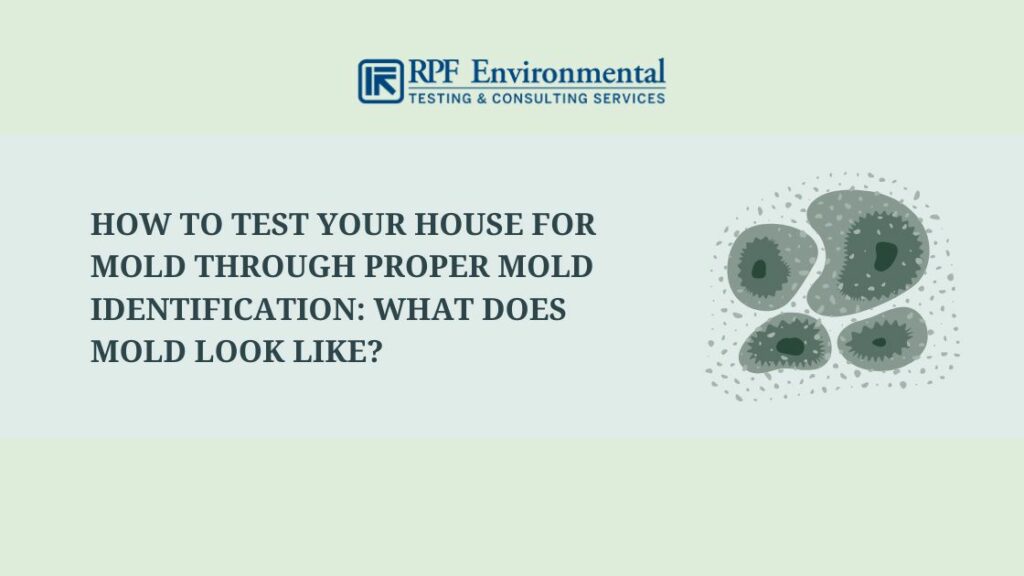Discover the Advantages of Professional Mycotoxin testing Services Today
Exactly How Mycotoxin Testing Assists Protect Against Contamination and Secure Food Materials

Mycotoxin testing is an indispensable technique in the food industry, working as a frontline defense versus contamination by damaging toxins produced by mold and mildews. Through the application of advanced methods like High-Performance Fluid Chromatography (HPLC) and Fluid Chromatography-Mass Spectrometry (LC-MS), food manufacturers can accurately quantify and find mycotoxin degrees in farming products. This proactive technique not only makes sure compliance with rigid security policies but likewise mitigates health and wellness dangers to customers. Normal screening fortifies brand name credibility and financial wellness by reducing contamination-related events. So, exactly how exactly do these testing procedures incorporate into the wider food safety technique?
Recognizing Mycotoxins
Recognizing mycotoxins begins with acknowledging that they are toxic secondary metabolites produced by specific mold and mildews, which can contaminate farming products. These metabolites are not vital for the development or reproduction of the fungis yet can have extreme ramifications for animal and human wellness. Mycotoxins are generally found in staple plants such as corn, wheat, barley, and nuts, where they can proliferate under specific problems of dampness and temperature level.
There are a number of kinds of mycotoxins, each created by various fungal species. Fusarium species create trichothecenes and fumonisins, both of which are connected with different intense and persistent health and wellness problems.

Threats of Mycotoxin Contamination
The threats of mycotoxin contamination are multifaceted, presenting significant dangers to both food security and public wellness. Mycotoxins, poisonous substances produced by specific kinds of fungi, can infect a wide variety of farming items consisting of grains, nuts, flavors, dried out fruits, and coffee. When these toxins infiltrate the food supply, they can result in serious wellness concerns such as liver damage, kidney failing, and even cancer cells. Vulnerable populaces, consisting of youngsters, the senior, and immunocompromised people, are particularly in danger.
Financial effects are an additional major issue. Contaminated crops can lead to substantial monetary losses for farmers and food manufacturers as a result of decreased yields and the demand for expensive decontamination steps. Moreover, international trade can be dramatically prevented as countries enforce rigorous mycotoxin guidelines to safeguard their populations, causing turned down shipments and strained profession relations.
Environmental aspects such as environment modification exacerbate the threat of mycotoxin contamination. Variations in temperature level and moisture can produce favorable problems for fungal development, enhancing the chance of contamination events. Hence, understanding and mitigating these risks are essential for ensuring the security and stability of global food materials.
Approaches of Mycotoxin Checking
Accurately identifying mycotoxin contamination in farming items is essential for guarding public wellness and keeping food safety requirements. Various approaches are used to detect and quantify mycotoxins, each offering certain advantages and restrictions.
High-Performance Liquid Chromatography (HPLC) is a commonly made use of approach as a result of its high level of sensitivity and precision. It involves dividing mycotoxins from other substances in an example, enabling accurate quantification. In A Similar Way, Fluid Chromatography-Mass Spectrometry (LC-MS) integrates fluid chromatography with mass spectrometry to give detailed molecular details, making it specifically beneficial for recognizing numerous mycotoxins concurrently - Mycotoxin testing Services.

Gas Chromatography-Mass Spectrometry (GC-MS) and Thin-Layer Chromatography (TLC) are likewise utilized, each with special applications. GC-MS is efficient for unpredictable mycotoxins, while TLC offers a less complex, affordable alternative for preliminary screening.
Benefits of Routine Testing
Routine screening for mycotoxins in agricultural items supplies countless benefits, significantly contributing to public wellness and food security. By identifying contamination early, regular screening helps stop the circulation of toxic foods, therefore decreasing the threat of mycotoxin-related health problems among consumers. This aggressive technique not just safeguards human wellness however likewise improves the total top quality of food materials.
Different nations and areas have established stringent restrictions for mycotoxin levels in food and feed. Adhering to these limitations with routine screening ensures that vendors and manufacturers satisfy lawful standards, thereby staying clear of internet fines and profession barriers.
Additionally, normal mycotoxin screening can result in substantial financial benefits. Early discovery of contamination enables timely intervention, reducing possible losses from widespread contamination. Carrying out regular testing procedures can also lessen recall prices and associated responsibilities, which can be economically ruining.
Moreover, routine testing supplies important data that can notify much better agricultural techniques and storage conditions. By understanding patterns of contamination, producers can adopt preventive measures, thereby reducing future risks and adding to the sustainability of the blog food supply chain.
Carrying Out Testing Protocols
Executing efficient mycotoxin testing protocols is essential for making certain the security and high quality of agricultural products. Developing a durable testing framework entails several key steps, starting with the identification of potential contamination points within the manufacturing and supply chain. This includes pre-harvest, post-harvest, storage space, and circulation phases. Each phase needs to be looked at to identify where mycotoxin contamination is probably to take place.
When important control points are identified, selecting appropriate testing approaches is necessary. Usual techniques include enzyme-linked immunosorbent assay (ELISA), high-performance liquid chromatography (HPLC), and mass spectrometry (MS) Each technique has its weak points and strengths; hence, picking the right one relies on the details mycotoxin being checked, the called for level of sensitivity, and readily available resources.

Finally, integrating the screening methods right into a thorough food safety and security administration system is recommended. This enhances traceability and enables swift corrective actions when contamination is found, consequently securing the honesty of the food supply chain.
Conclusion
Mycotoxin screening is crucial in stopping contamination and securing food supplies by enabling early discovery of dangerous contaminants try this out generated by molds in agricultural items. Routine testing enhances brand name online reputation, financial stability, and trust in food security by decreasing contamination-related losses and maintaining high criteria in food production.
Mycotoxin screening is an indispensable method in the food sector, offering as a frontline defense against contamination by unsafe toxins created by molds. An incorporated strategy involving agricultural practices, storage monitoring, and normal screening can reduce the risks linked with mycotoxin contamination, ensuring food safety and public wellness.
The threats of mycotoxin contamination are complex, presenting considerable hazards to both food safety and public health.Regular screening for mycotoxins in agricultural products provides countless advantages, significantly contributing to public health and food safety.Mycotoxin testing is essential in avoiding contamination and safeguarding food products by enabling early detection of harmful toxins produced by molds in farming products.